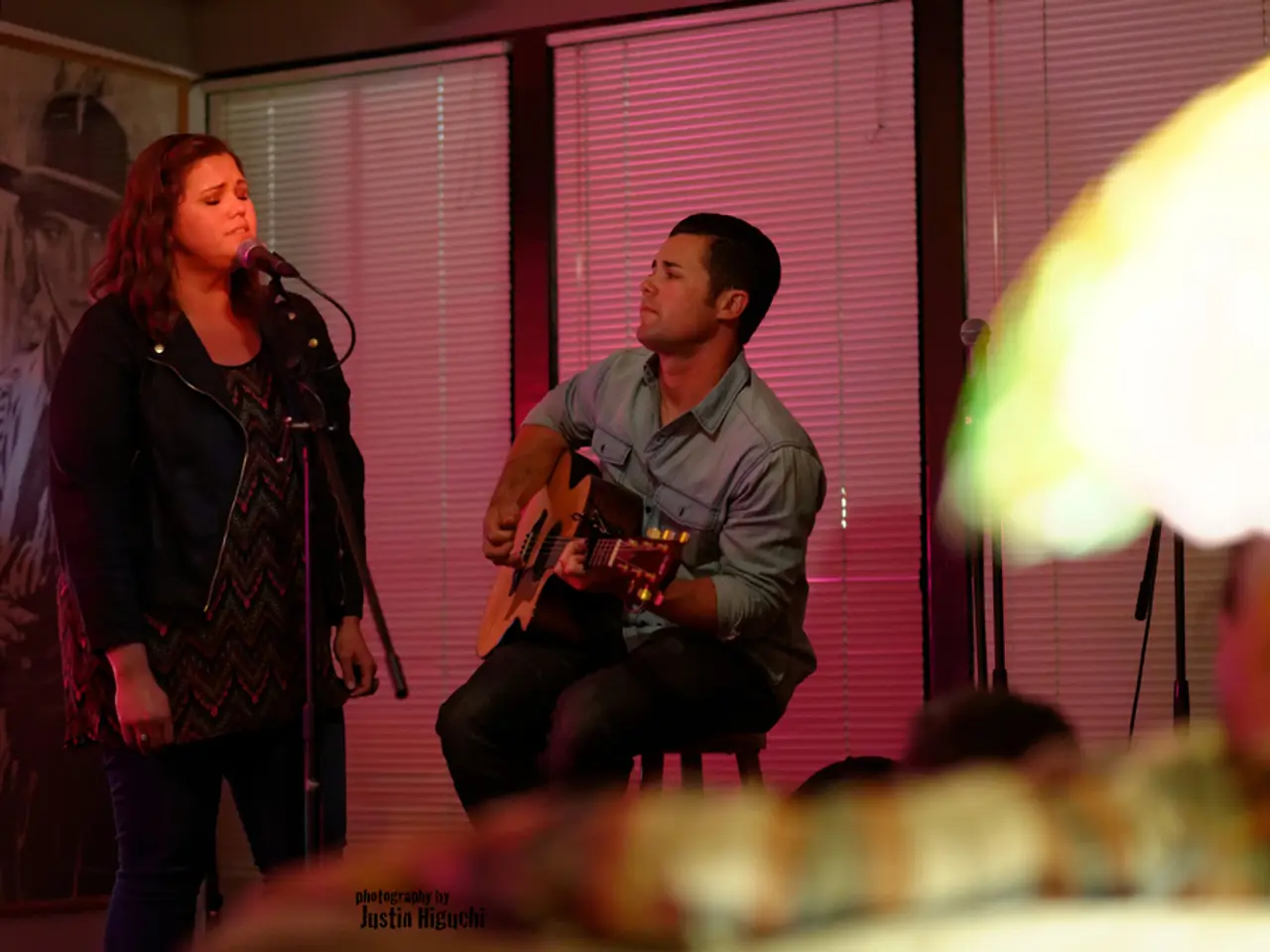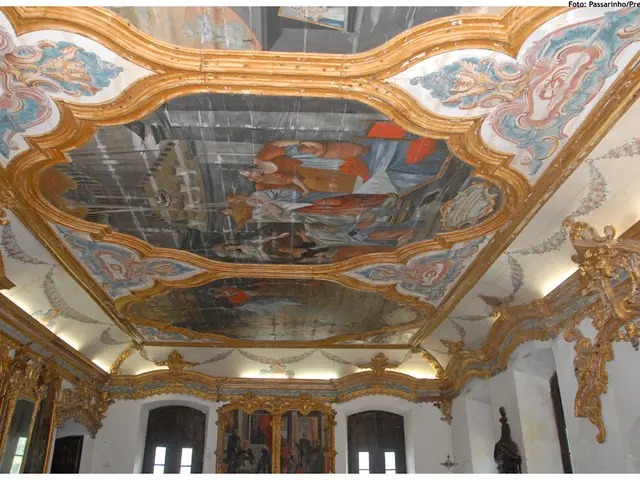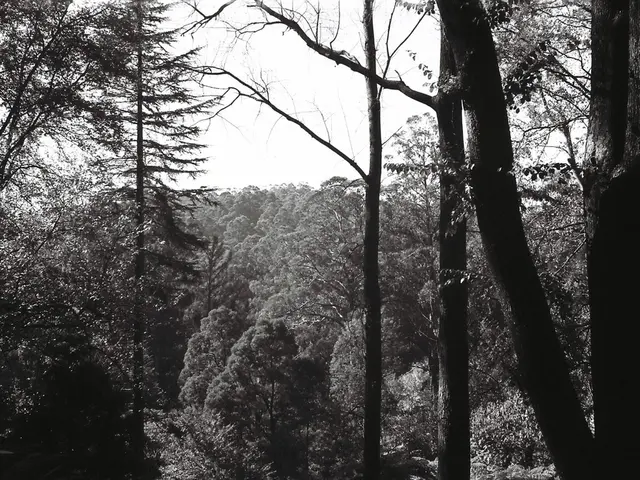Sound Design in Movies: Function, Illustrative Examples, and its Significance
In the realm of cinema, sound design plays a crucial role in creating an immersive and engaging experience for audiences. This collaborative process, involving sound designers, directors, editors, cinematographers, and production designers, aims to achieve a cohesive auditory experience that enhances storytelling [1].
At its core, sound design serves to elicit strong emotional responses, creating atmospheres that set the tone for each scene. By strategically employing background ambiance, spatial sound effects, and even silence, sound designers can instantly establish the desired mood, whether it's suspenseful, cheerful, or melancholic [5]. For instance, the use of acousmatic sound—where sounds are heard without seeing their source—can engage the audience's imagination, making the experience more memorable and emotionally charged [2].
Effective sound design also transports audiences into the world of the film by crafting and manipulating audio elements. This includes blending several off-screen noises to form a multi-dimensional acoustic setting that enhances immersion. Modern spatial audio tools can even direct the listener's attention to specific locations, making them feel like active participants in the scene [2][5].
As a silent storyteller, sound design complements visuals to enrich the narrative by conveying important cues, emotions, and subtext. It helps in adding layers of depth to the story that may not be explicitly communicated through dialogue or visuals alone. Innovative and experimental sound design techniques, as seen in the works of filmmakers like David Lynch, create distinctive moods and atmospheres that captivate audiences [3][5].
In the pre-production phase, sound designers use tools such as storyboarding, sound maps, and temp tracks to plan audio details. During production, they record and capture original sounds, design and edit these sounds, and layer them for syncing and blending. Post-production sees sound designers using Digital Audio Workstations (DAWs) like Adobe Audition and Logic Pro for editing, mixing, and mastering [4].
For VR and immersive experiences, tools like Dolby Atmos and Dear Reality can further enhance positional sounds. Sound libraries offer pre-recorded SFX for every imaginable need, and tools like iZotope RX, Altiverb, and Spitfire Audio give sound designers ultimate control over audio [4].
Iconic examples of great sound design in films include "A Quiet Place" (2018) and "Inception" (2010). In "A Quiet Place", sound design takes center stage, with every creak, breath, and movement carrying weight. In "Inception", the layered sound design helps distinguish the different dream levels the characters experience and heightens action and manipulates both our and the characters' perception of time [6].
The sound design in films like "Gravity" (2013) and the "Lord of the Rings Trilogy" (2001-2003) has also been praised for creating immersive worlds that perfectly complement the visuals. Sound designers work closely with directors, composers, editors, foley artists, and other colleagues to ensure sound enhances character, pacing, and tension [1].
Understanding the power and potential of sound design will forever change how one experiences movies. It helps build atmosphere and mood, shape audience perception of the story, create realism or intentional surrealism, emphasize action and reaction, and fill in storytelling gaps without exposition [2]. Legendary sound designers like Ben Burtt, who created the iconic sounds for the Star Wars franchise, demonstrate the transformative impact of sound design on cinema [3].
- In the pre-production stage of creating a film, sound designers utilize tools such as storyboarding to plan out audio details for each scene.
- Sound designers work in tandem with various professionals during the production phase, capturing original sounds, editing them, and layering them for synchronization in later stages.
- Sound design can greatly enhance visual storytelling in various media beyond cinema, including virtual reality and immersive experiences, using advanced tools like Dolby Atmos and iZotope RX.
- The realm of sound design extends beyond film, playing a key role in other industries such as lifestyle, fashion-and-beauty, food-and-drink, home-and-garden, books, education-and-self-development, and entertainment, where attention to audio details can significantly elevate the user experience.




